
Airports serving between 40 and 50 million passengers annually play a crucial role in connecting regions, facilitating global trade, and providing top-tier passenger experiences.
In 2025, this tier of airports stands out not just for their impressive traffic numbers but for their innovation, efficiency, and ability to serve as reliable gateways to the world.
From Rome Fiumicino’s expanding transatlantic services to Sydney’s continuous terminal improvements and Jeddah’s modernized infrastructure, these airports blend volume with quality.
Whether acting as primary hubs or emerging challengers to larger rivals, each airport covered in this article has earned its place for outstanding performance in passenger satisfaction, airline partnerships, and operational excellence.
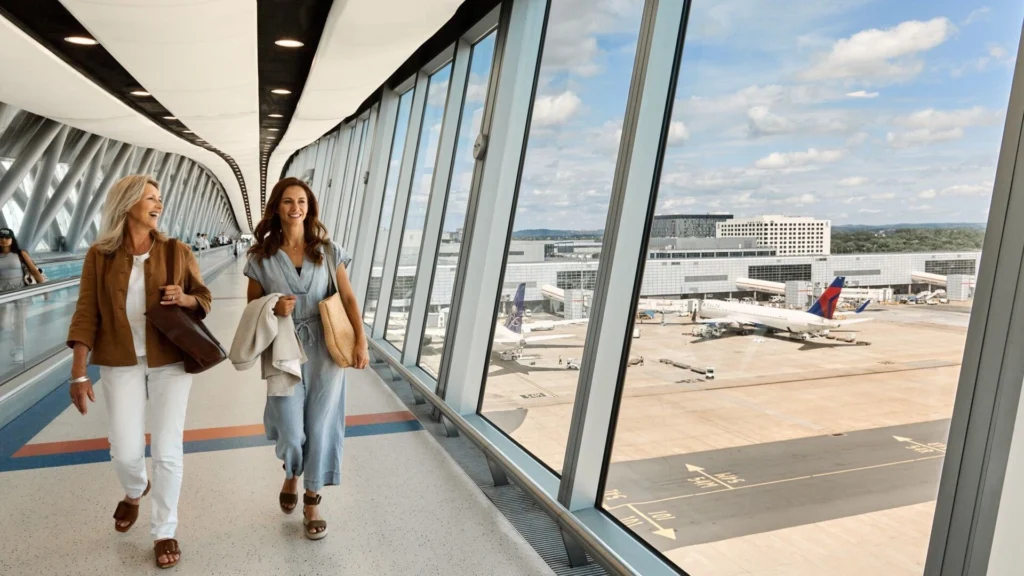 Photo: London Gatwick
Photo: London GatwickBest Airports in the World: 40-50 Million Pax
Here are the ten best airports of 2025 in the 40–50 million passenger range, each making its mark in a competitive global landscape.
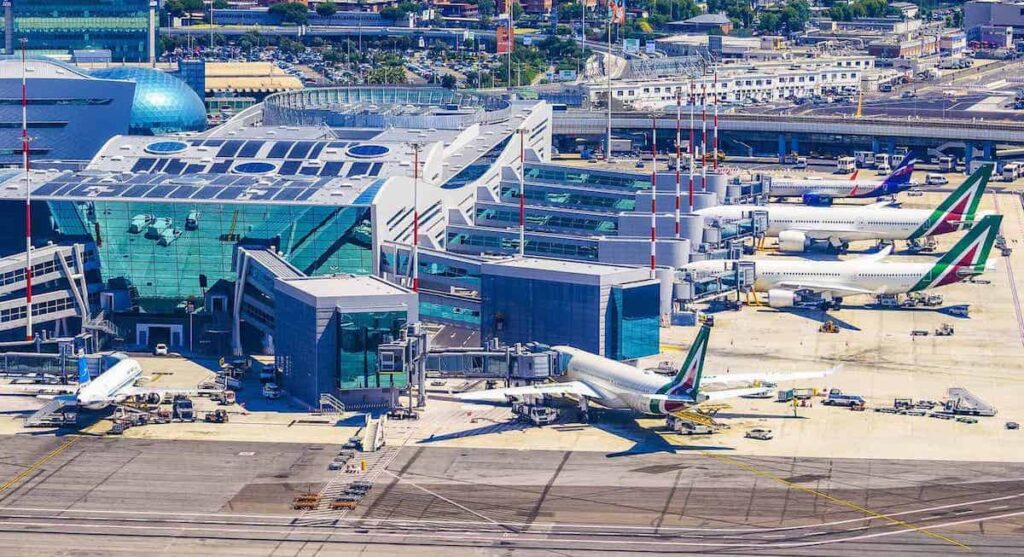 Leonardo da Vinci–Fiumicino Airport (FCO). Image: Rome Airport
Leonardo da Vinci–Fiumicino Airport (FCO). Image: Rome Airport1. Leonardo da Vinci–Fiumicino Airport (FCO)
In 2024, Rome Fiumicino Airport (FCO) broke records with 49.2 million passengers, marking a staggering 21 % year‑on‑year increase. As Italy’s primary gateway, it’s the hub for ITA Airways, which has been strengthened through a strategic partnership with Lufthansa. This alliance has boosted long‑haul services to Africa, Latin America, and Asia.
Flagging excellence, Alitalia’s successor, ITA Airways, has consolidated its fleet and launched new routes across Europe and North America, helping redefine Fiumicino’s connectivity. Other key operators include Eurofly, Ryanair, Wizz Air, and major international airlines like Delta, Emirates, and KLM, ensuring a diverse range of destinations.
What makes FCO stand out is its concerted investment in passenger experience. Recent terminal renovations focus on improved flow, enhanced lounges, and expanded shopping.
The airport scored highly in punctuality, cleanliness, and staff service, qualities that earn it a place among the best airports in 2025.
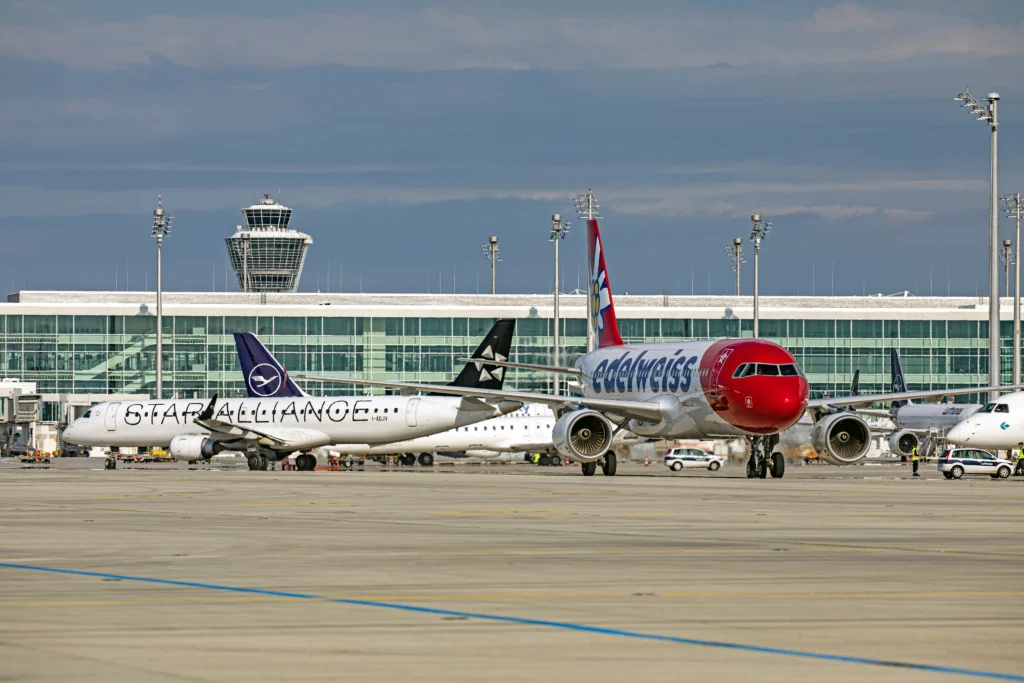 Munich Airport. Photo: Lufthansa
Munich Airport. Photo: Lufthansa2. Munich Airport (MUC)
Germany’s second-largest hub, Munich Airport, welcomed 41.6 million passengers in 2024, a 12 % rise and full recovery to 2019 levels.
As an operational benchmark, MUC was the fastest-growing German airport, with 327,000 takeoffs and landings and an 82 % seat load factor.
The airport is Lufthansa’s primary hub, supported by Star Alliance carriers like Swiss, Austrian, LOT, and Brussels Airlines. Budget travelers benefit from Eurowings and Ryanair, while Emirates, Qatar, Air India, and ANA offer long-haul routes.
Munich’s acclaim lies in its customer‑centric terminal design and service consistency. Award‑winning on-time figures, easy navigation, wide-ranging amenities, and renewable-energy initiatives elevate its status among the best.
 Photo: Houston Airport System
Photo: Houston Airport System3. George Bush Intercontinental Airport (IAH)
Houston George Bush Airport (IAH) recorded just under 50 million passengers, maintaining its ranking within this bracket.
As the central hub for United Airlines, IAH provides extensive domestic reach and global links to Asia, Europe, and Latin America. Other major carriers include American, Spirit, and Frontier.
IAH outshines many U.S. peers by its efficient layout: it uses mobile lounges and an underground rail to ease transfers. Its modern international terminals have multilingual support, robust lounges, and extensive transit zones.
The airport also leads on sustainability, deploying solar arrays and ground‑transport electrification. These factors contribute to IAH’s selection as one of the best airports in 2025 in the 40 to 50 million passengers category.
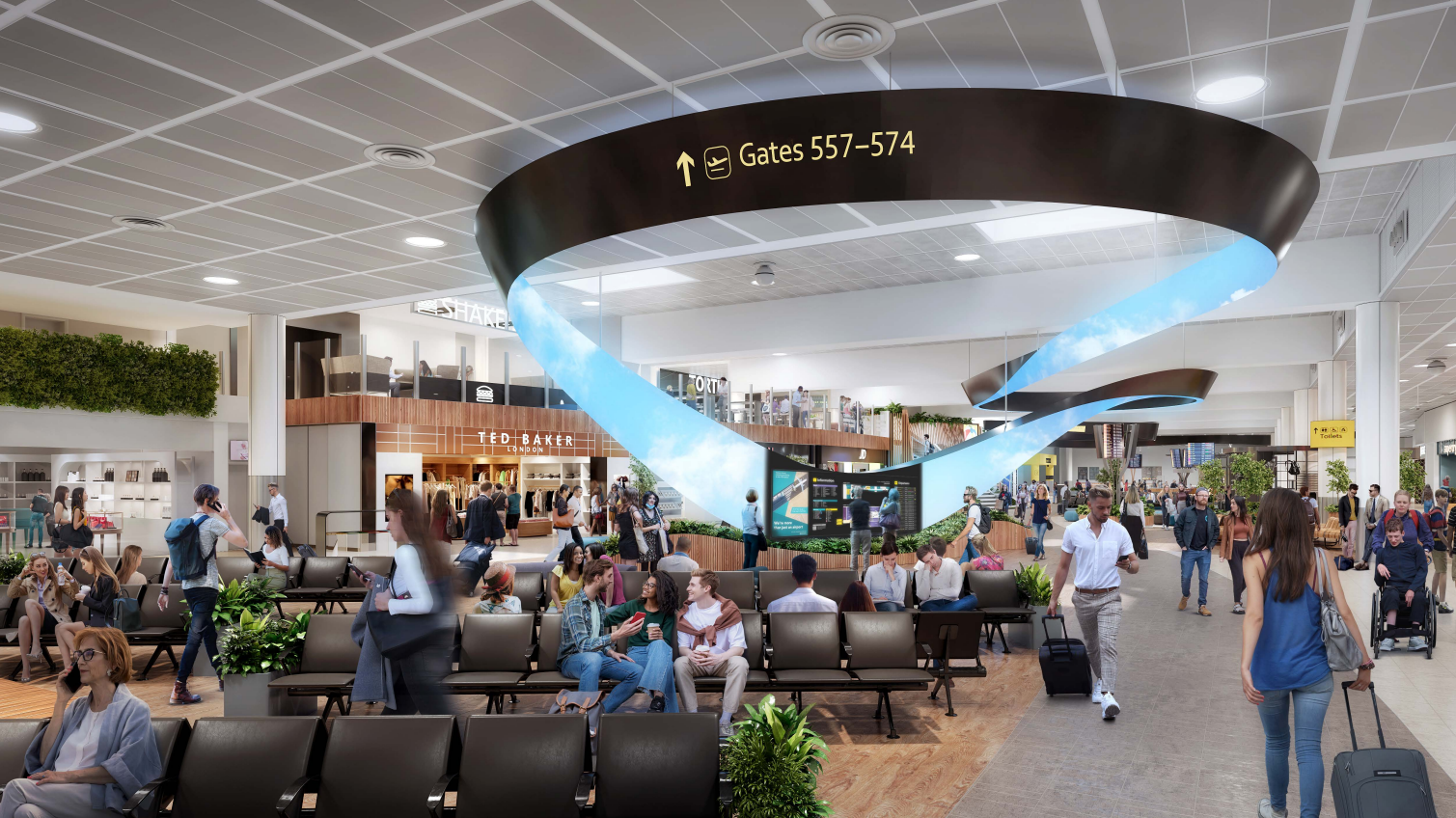 Photo: Gatwick Airport
Photo: Gatwick Airport4. London Gatwick Airport (LGW)
London Gatwick Airport (LGW) served nearly 45 million passengers in 2024, showcasing consistent performance within its range.
It’s the world’s busiest single-runway airport, thanks mainly to easyJet, British Airways, Wizz Air, and Vueling. Full-service carriers such as Norwegian, JetBlue, and Lufthansa also operate key routes.
Gatwick stands out due to its often overlooked reliability. Its compact North and South terminals offer quick transfers; the airport scores highly in punctuality.
Recent upgrades include biometric boarding gates, revamped lounges, and automated check‑in services. Gatwick’s emphasis on passenger flow and frequent flights now cements its place among the best U.K. hubs.
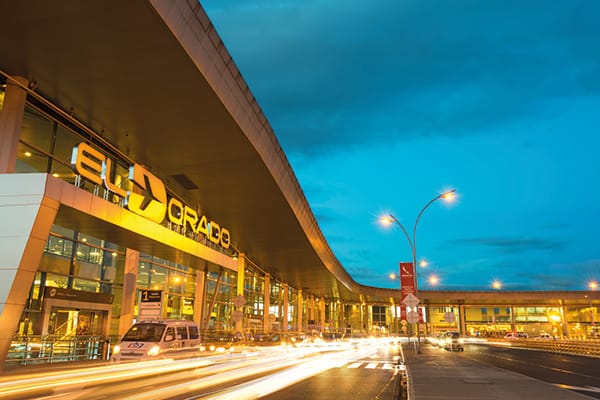 El Dorado International Airport (BOG). Image: Airport World
El Dorado International Airport (BOG). Image: Airport World5. El Dorado International Airport (BOG)
Bogotá’s El Dorado International Airport exceeded 45 million passengers in 2024, making it South America’s busiest in its category.
As a hub for Avianca, it hosts flights across Latin America, the U.S., and Europe. Other major airlines include LATAM, Copa, American, Delta, and Iberia.
Bogotá has transformed significantly: it has launched new terminals, implemented advanced security, and improved passenger flow. Its cultural integration, showcasing Colombian art and local gastronomy, enhances the traveler experience.
With plans to further automate processes and reduce road congestion, BOG’s blend of culture, efficiency, and growth earns it a spot among the best for its size.
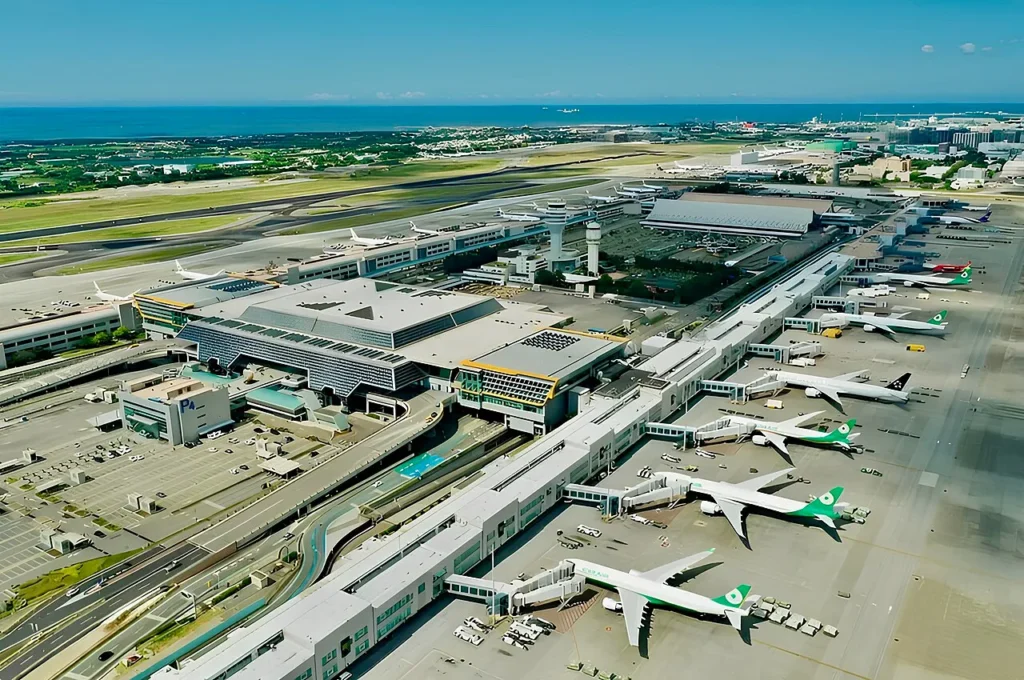 Taoyuan Airport, Taipei, Taiwan; Photo- Wikipedia
Taoyuan Airport, Taipei, Taiwan; Photo- Wikipedia6. Taiwan Taoyuan International Airport (TPE)
Taipei Taoyuan International Airport (TPE) served approximately 42 million passengers in 2024, recovering strongly from pandemic lows.
As the base for China Airlines and EVA Air, it offers flights across Asia, North America, and Europe. Additional carriers include Japan Airlines, Korean Air, Thai Airways, and budget airlines like Scoot and Tigerair Taiwan.
TPE is often underrated but excels in efficiency, passenger flow, and cleanliness. Its terminals are modern, with intuitive signage, transit hotels, cultural exhibitions, and smart lounges. It’s one of the quietest high-capacity airports in Asia, delighting travelers and securing its inclusion among the best airports in 2025.
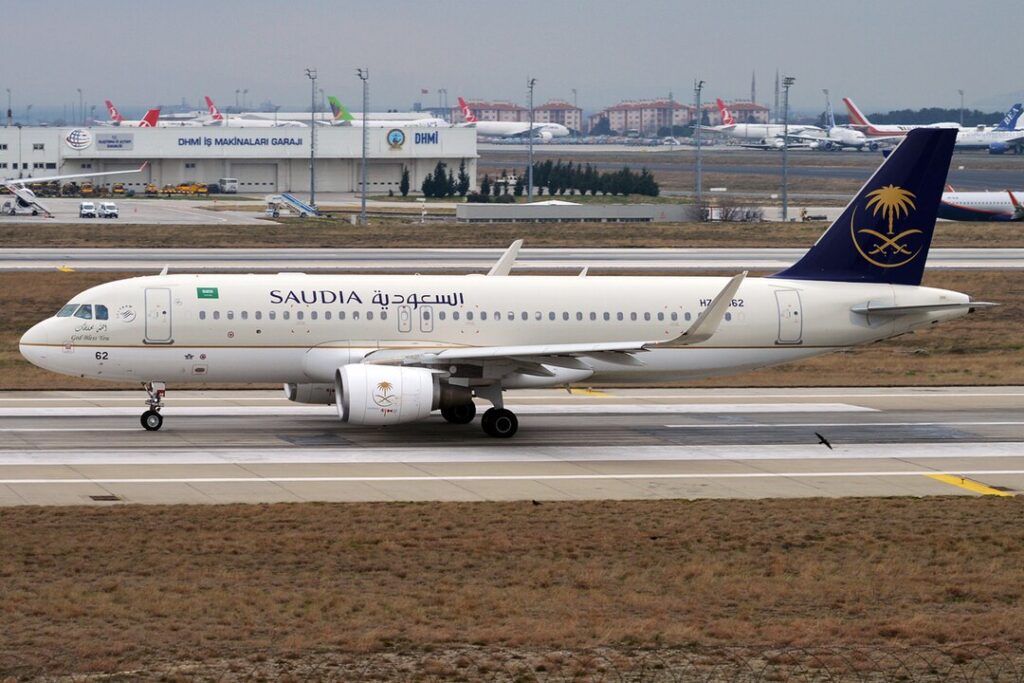 Photo: By Anna Zvereva from Tallinn, Estonia – Saudia, HZ-AS62, Airbus A320-214, CC BY-SA 2.0, https://commons.wikimedia.org/w/index.php?curid=78143987
Photo: By Anna Zvereva from Tallinn, Estonia – Saudia, HZ-AS62, Airbus A320-214, CC BY-SA 2.0, https://commons.wikimedia.org/w/index.php?curid=781439877. King Abdulaziz International Airport (JED)
Jeddah’s airport, King Abdulaziz International Airport, caters to around 42 million passengers, buoyed by the Hajj and Umrah pilgrimages.
As a hub for Saudia, it also connects to Asia, Africa, Europe, and North America. Other carriers include Flynas, Emirates, EgyptAir, Qatar, and Turkish Airlines.
JED stands apart for its ability to smoothly manage massive, seasonal surges. Its Hajj Terminal is the only one designed for pilgrim operations, using tent-like structures, shaded corridors, and automated baggage to process tens of thousands daily.
Infrastructure upgrades ahead of Expo 2030 Jeddah will improve terminals, public transport, and overall passenger flow, keeping JED among the best with its unique operational strengths.
 Photo: HOK
Photo: HOK8. Kempegowda International Airport, Bengaluru (BLR)
Bangalore’s Kempegowda International Airport (BLR) served roughly 45 million passengers in 2024, with upgrades underway.
It’s the hub for Air India, IndiGo, and SpiceJet, with significant foreign airlines like Emirates, Qatar, Singapore, and Cathay Pacific.
BLR is distinguished by its tech-driven strategy and modern aesthetics. It offers large play zones, smart lounges, integrated transit malls, and fast customs channels.
Ground transport integration, including metro expansion and airport shuttle services, also eases arrivals and departures. BLR’s intent to become India’s most efficient airport makes it a standout in this category.
 Cordis Shanghai Hongqiao; Photo- Expedia
Cordis Shanghai Hongqiao; Photo- Expedia9. Shanghai Hongqiao International Airport (SHA)
Shanghai Hongqiao Airport, which handled nearly 45 million passengers in 2024, primarily caters to domestic and regional traffic, complementing PVG’s international role.
Major airlines include China Eastern, China Airlines, Juneyao, Spring, and Shandong Airlines, plus a steady flow of low-cost carriers.
Hongqiao is lauded for its seamless integration with the city’s metro and rail system—passengers can reach downtown in 15 minutes.
Efficient terminal layout, local culinary offerings, business lounges, and high-speed transfers make it one of the most traveler-friendly hubs in China. Its operational consistency secures its status among the best airports in 2025.
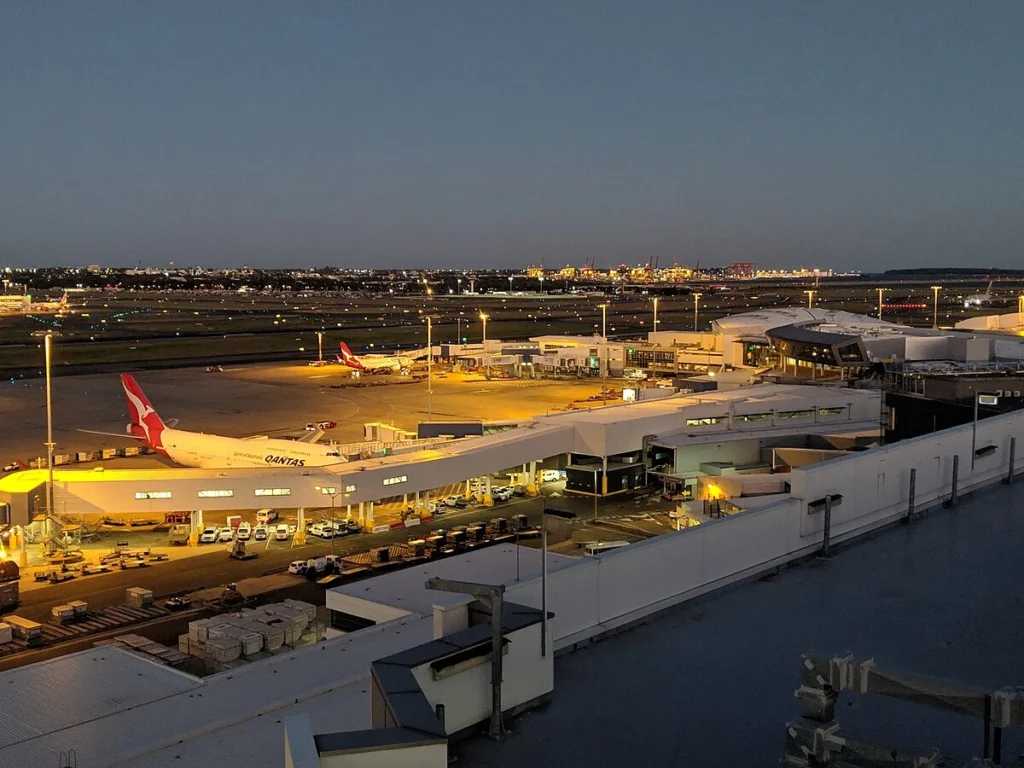 Sydney_Airport_Terminal_1; Photo- MDRX
Sydney_Airport_Terminal_1; Photo- MDRXWikimedia Commons
10. Sydney Kingsford Smith Airport (SYD)
Sydney Kingsford Smith Airport (SYD) handled 41.4 million passengers in 2024, just below pre-pandemic levels.
Primary carriers include Qantas and Virgin, alongside Jetstar, Regional Express, and a growing contingent of international carriers like Emirates, Cathay, Singapore, and Juneyao Airlines.
SYD is recognized for fast security times (99–100 % under 10 minutes), a wide suite of lounges, local gourmet eateries, and a continuous program of terminal refurbishment. Terminal 2 underwent an A$200 M update.
With massive inbound tourism and infrastructure improvements (e.g., taxi bays, transport upgrades), Kingsford Smith reaffirms its place among the elite airports handling 40–50 million passengers.
 Sydney Airport; Photo- Wikipedia
Sydney Airport; Photo- WikipediaWhy These Airports Are Truly the “Best”
- Passenger Experience – All offer superior efficiency, short queues, intuitive terminals, and lounge diversity.
- Operational Excellence – Top punctuality, minimal delays, and effective transit integration.
- Connectivity – Each airport has a flagship or multiple carriers offering strong domestic/regional/international networks.
- Innovation & Investment – Ongoing upgrades, tech-driven growth, sustainability efforts, and future-focused expansion.
- Cultural Relevance – From Jeddah’s pilgrimage workflow to Mumbai’s heritage lounges or Taipei’s cultural exhibits, local context enhances travel.
Final Thoughts
These ten airports, handling between 40 and 50 million passengers annually, exemplify what it means to be the best in modern aviation: smart, seamless, and people-focused.
Whether it’s holiday travelers arriving in Rome, pilgrims in Jeddah, or business visitors touching down in Bangalore, these hubs blend scale with excellence.
Stay tuned with us. Further, follow us on social media for the latest updates.
Join us on Telegram Group for the Latest Aviation Updates. Subsequently, follow us on Google News.
Top 10 Best Airports in the World in 2025: 70+ Million Passengers
The post Top 10 Best Airports in the World 2025: 40 to 50 Million Passengers appeared first on Aviation A2Z.

 4 miesięcy temu
4 miesięcy temu












